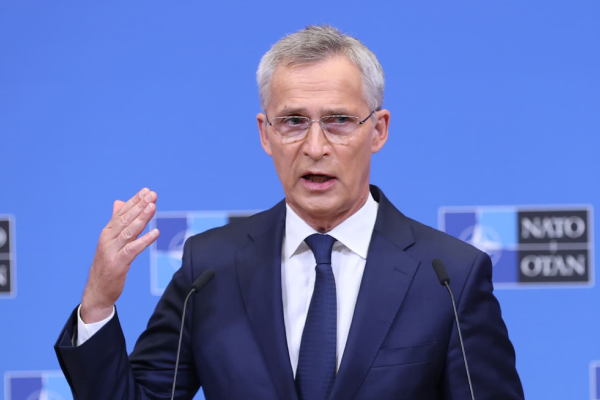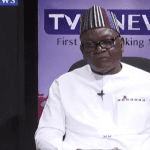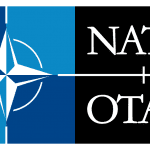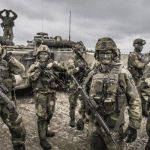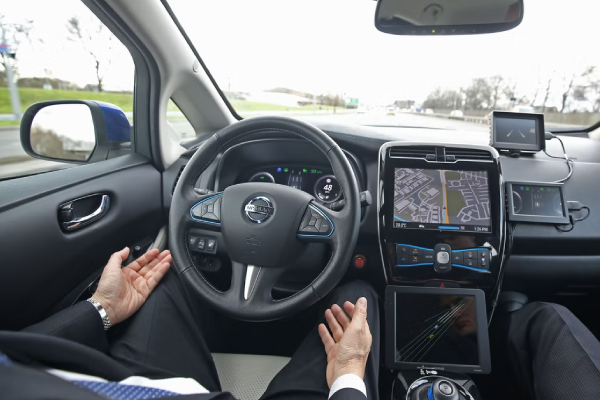NATO Secretary-General Jens Stoltenberg has announced plans on Monday to significantly raise the number of its forces at high readiness to more than 300,000, ahead of the alliance’s important gathering in Madrid later this week.
NATO’s rapid reaction force, known as the NATO response force, currently has 40,000 men.
Its number has continuously increased from 13,000 to 40,000 troops since 2014, most recently in response to Russia’s invasion of Ukraine on February 24.
NATO’s rapid reaction force is a collection of land, sea, and air capabilities that are meant to be quickly deployed in the event of an attack on alliance territory.
For the first time, several of these units were placed on “high readiness” following Russia’s invasion of Ukraine.
Multinational battlegroups are being added to NATO’s Eastern Flank in Bulgaria, Hungary, Romania, and Slovakia, in addition to those already in place in Latvia, Estonia, Lithuania, and Poland.
Plans to strengthen the alliance’s presence in the east are likely to include rebranding and enlarging the 40,000-strong NATO Response Force (NRF) six fold or more.
Except for Iceland, each NATO member is thought to be considering increasing the readiness of its own forces to defend a specific portion of NATO territory under so-called “regional plans.”
NATO will also change its nomenclature regarding Russia at the conference in Madrid from June 28 to 30. In the alliance’s previous plan from 2010, Russia was still referred to as a strategic partner.

